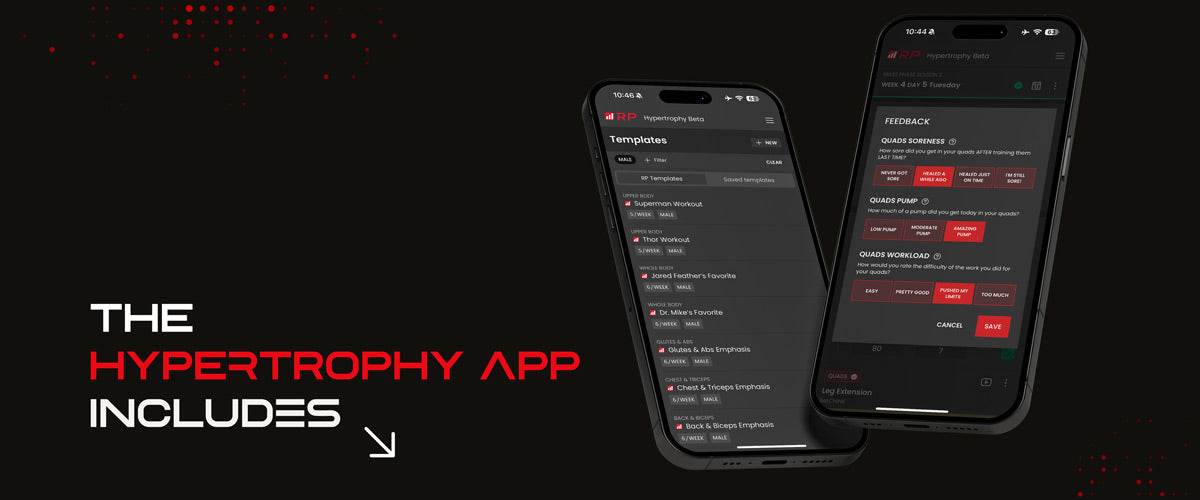Fat loss cardio doesn’t have to be miserable, unsustainable, or wreck your recovery. Whether you're cutting for aesthetics or just trying to drop a few pounds, these five science-backed rules will help you burn fat consistently without sacrificing muscle or sanity.
TL;DR
- Choose cardio methods that don’t beat up your joints or interfere with your lifting.
- Enjoyment matters — the more tolerable cardio is, the more likely you’ll stick to it.
- Mix modalities to reduce boredom, wear and tear, and overuse injuries.
- Keep cardio volume realistic — more isn’t always better.
- Use a step tracker to keep your daily activity consistent and prevent metabolic slowdown.
1. Pick Cardio You Can Actually Recover From
The best cardio for fat loss isn’t the one that burns the most calories — it’s the one you can do consistently without trashing your recovery. Low-impact options like incline walking, swimming with a kickboard, or using the elliptical beat out high-impact modalities like step mill marathons or endless jump-based classes.
If your cardio leaves you too sore or fatigued to train legs properly, it’s defeating the purpose. Choose sustainable, joint-friendly options that allow you to keep lifting hard while burning calories.
2. Enjoy It (or at Least Hate It Less)
Enjoyment is underrated in fat-loss plans. The less mental resistance you have to your cardio, the better your adherence — and consistency wins every time. That could mean walking outside with a podcast, hooping with friends, or biking around the neighborhood.
Sure, some suffering is expected during a cut, but if you dread cardio every day, you're unlikely to stick with it for 8–12 weeks. Choose what you like or tolerate best, and save your willpower for the diet.
3. Mix It Up
Rotating your cardio methods throughout the week helps reduce boredom and avoid overuse injuries. For example:
- Monday: Incline treadmill walk
- Wednesday: Stationary bike
- Friday: Kickboard swim
- Weekend: Long outdoor walk or light jog
Diverse modalities hit different muscle groups, reduce repetitive strain, and make the process less mind-numbing. Unless you're a physique competitor deep in prep, it’s totally fine — and even preferred — to switch things up.
4. Don’t Overdo It
More cardio doesn’t mean more fat loss — especially if it comes at the cost of muscle, mood, or motivation. Most people top out around 45–60 minutes of cardio per day, 5–6 days per week, before running into fatigue, performance drops, or even muscle loss.
Your diet should do most of the work. Cardio should supplement the deficit, not replace it entirely. Train hard, diet smart, and let cardio fill in the gap — not create a new problem.
5. Track Your Steps
The most overlooked fat-loss tool? A step counter. As cardio ramps up, your body often compensates by moving less the rest of the day. This is called reduced NEAT (non-exercise activity thermogenesis). You might subconsciously stop fidgeting, walk less, or just feel too tired to move much.
Using a step tracker ensures your total daily movement stays consistent — even outside of the gym. Aim for 10,000–12,000 steps per day, including cardio, dog walks, grocery runs, and anything else that keeps you moving. This helps maintain your fat loss without stalling out unexpectedly.
Final Thoughts
Fat-burning cardio doesn’t need to wreck your life. Prioritize sustainable methods, pick what you enjoy, rotate your tools, and track your output. Combine that with a smart caloric deficit and solid training, and you’ll get leaner without losing your mind — or your muscle.
